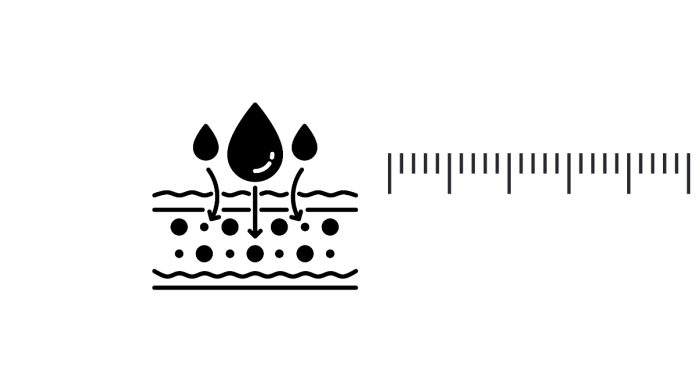What Are the Units of Molar Absorptivity?
Molar absorptivity, also known as the molar extinction coefficient, is a key parameter in the Beer-Lambert Law. This law relates the absorbance of light to the concentration of a substance in solution, and molar absorptivity plays a central role in quantifying this relationship. But what are its units? Let’s break it down step by step.
The Beer-Lambert Law
The Beer-Lambert Law is expressed as:
A=ε⋅c⋅lA = \varepsilon \cdot c \cdot l
Where:
- A is the absorbance (unitless),
- ε\varepsilon is the molar absorptivity,
- c is the concentration (commonly in moles per liter, mol/L\text{mol/L}),
- l is the path length of the light through the sample (commonly in centimeters, cm\text{cm}).
Determining the Units of Molar Absorptivity
To maintain unit consistency in the equation, molar absorptivity must have units that cancel out the concentration and path length, leaving absorbance as a unitless value:
ε=Ac⋅l\varepsilon = \frac{A}{c \cdot l}
Since absorbance (A) is unitless, the units of molar absorptivity are derived as follows:
ε=1(mol/L)⋅(cm)\varepsilon = \frac{1}{(\text{mol/L}) \cdot (\text{cm})}
Simplifying this gives:
ε=L⋅mol−1⋅cm−1\varepsilon = \text{L} \cdot \text{mol}^{-1} \cdot \text{cm}^{-1}
Practical Significance
The units L⋅mol−1⋅cm−1\text{L} \cdot \text{mol}^{-1} \cdot \text{cm}^{-1} indicate how strongly a substance absorbs light at a specific wavelength, per unit concentration and path length. High values of molar absorptivity correspond to substances that are highly efficient at absorbing light.
Final Thoughts
Understanding the units of molar absorptivity is crucial for interpreting spectrophotometric data and applying the Beer-Lambert Law in scientific research. Whether you’re studying chemical reactions, analyzing proteins, or measuring DNA concentrations, knowing this parameter and its units ( L⋅mol−1⋅cm−1\text{L} \cdot \text{mol}^{-1} \cdot \text{cm}^{-1} ) is fundamental to your success!


